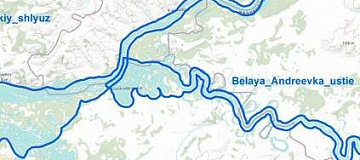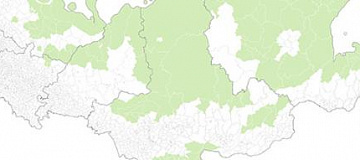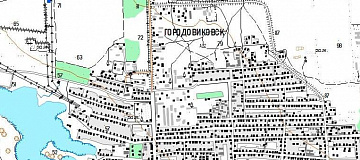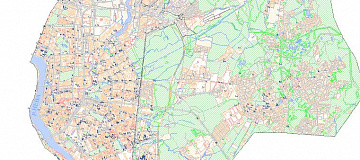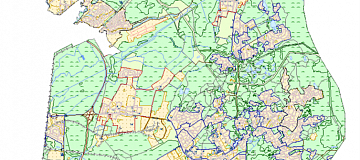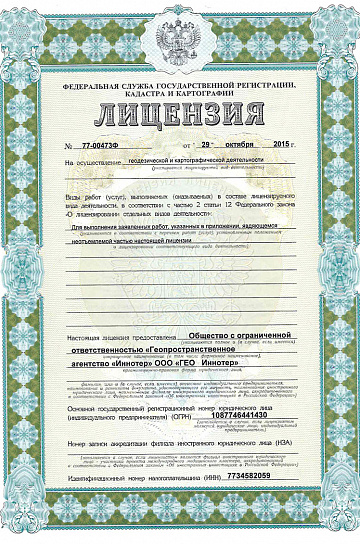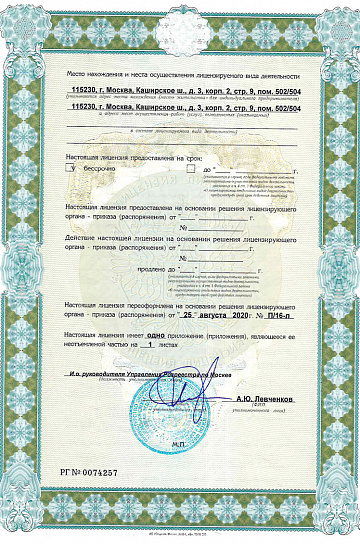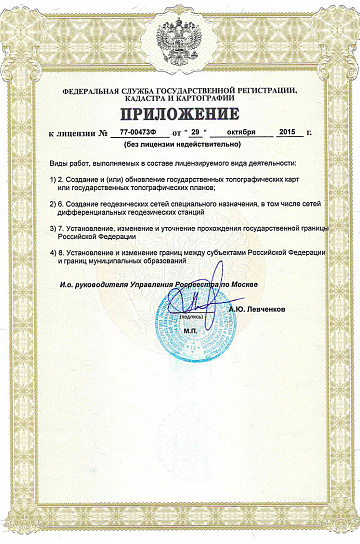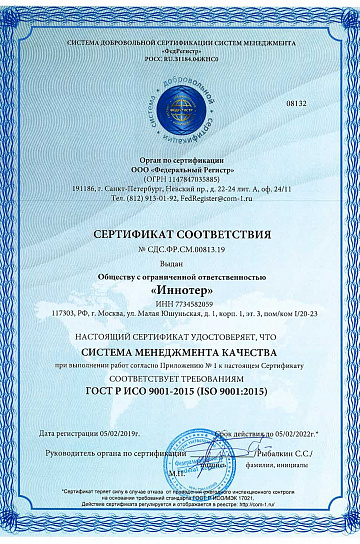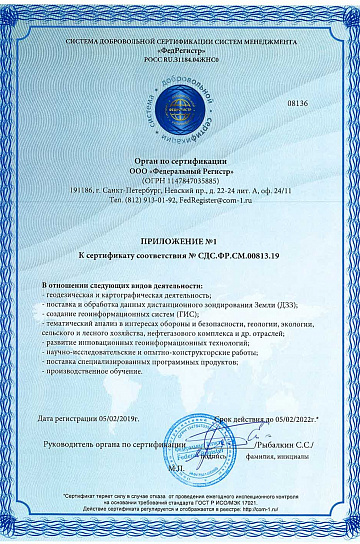Navigation map is a digital (vector) thematic map with address information containing a graph of roads and service objects that complement the description of roads with reference information (address layer).

You can order from us
Prices for services
| Consultation | Free |
|---|---|
| Search for imagery, preliminary analysis of the availability of source materials, additional and reference materials | Free |
| Image ordering | From $0.5 to $70 per square kilometer, depending on the imagery type (archive-new, mono-stereo, resolution)* |
| Cost of creating orthophotoplan (ЦОФП) | From $1 per square kilometer, calculated individually for each specific order, depending on the amount of processed remote sensing materials, presence/absence of ground control points, and used transformation method (ЦМР). |
| Cost of creating (updating) 1 sheet of digital navigation map (ЦНК) | The cost of creating 1 nomenclature sheet of ЦНК starts from 40,000 rubles and depends on the map scale, complexity category, execution period, and number of nomenclature sheets. The cost of updating depends on the level of map obsolescence but does not exceed 50% of the creation cost. |
| Execution period | From 20 working days (depending on the volume, complexity category, availability of remote sensing materials, additional and reference materials) |
The total cost of creating one nomenclature sheet of ЦНК (starting from 40,000 rubles) includes the cost of remote sensing materials used for creating the orthophotoplan, the cost of the work for its creation, map scale, complexity category, and creation period. The cost of updating depends on the level of obsolescence of the updated map but does not exceed 50% of the creation cost.
The cost of execution is calculated on an individual basis, taking into account a specific of task.
After receiving the task description, we calculate the cost and send you a commercial offer.
Period of execution
Coordination of issues, analysis of RS data availability, source maps, additional and reference materials: from 1 to 5 days*Contract conclusion: from 1 to 5 days **
Receipt of images: from 3 to 10 days **
Request, receipt of source map material in the collections (if necessary): from 1 to 20 days*
Creation of COFP: from 5 days*
Interpretation and vectorization: from 15 days*
Collation of adjacent sheets, fulfillment of controls: from 5 to 10 days*
Report writing: from 5 to 10 days
TOTAL TIME: from 20 days*
* working days
** from the date of receipt of 100% advance payment for RS materials
The terms of cartographic works execution depend on the number of nomenclature sheets, scale and type of products to be created, availability of RS archive materials, additional and reference materials.
How to place an order:
Need for consultation?
Fill the form and we will contact you
Stages of service provision
The result of the provision of services
Geospatial products (Digital Navigation Maps) in the formats, projection, coordinate system, and height, according to the Technical Specifications, remote sensing materials in the form of digital orthophotoplans and source images, a set of additional and reference materials used in the work, editorial-technical instructions, and a technical report on the completed task. All results are delivered on electronic media or through the Internet via FTP servers, and text materials are also duplicated in printed form.
Requirements for Source Data
To perform preliminary work effectively, the following data should be provided:
- Coordinates of the mapping area (in any convenient format);
- Scale and type of the digital navigation map with address information to be created (updated), format of data presentation (by nomenclature sheets or within the mapping area), projection, coordinate system, and height;
- Availability of source cartographic materials, additional and reference data;
- Lists of coordinates of control points for photogrammetric processing of remote sensing materials;
- Requirements for the object composition, thematic information of the created (updated) digital navigation map with address information;
- The need for the development and approval of Editorial-Technical Instructions for creating (updating) the products.
If it is not possible to provide the specified information, it is necessary to provide the purposes for which the digital navigation maps are needed and the type of work that will be performed using them. The specialists of "GEO INNOTER" will then analyze and prepare an optimal proposal for creating (updating) digital navigation maps with address information.
Related services











Completed projects

Customers




FAQ
- area of interest (location / coordinates of the object in any convenient form, and area of the object);
- the specific problem to be solved using the digital topographic map
- The terms of creating a digital topographic map based on space or aerial survey depend on the volume and complexity of the order. Minimum term - from 5 (five) working days;
- Delivery time of finished digital topographic maps from 5 (five) working days.













